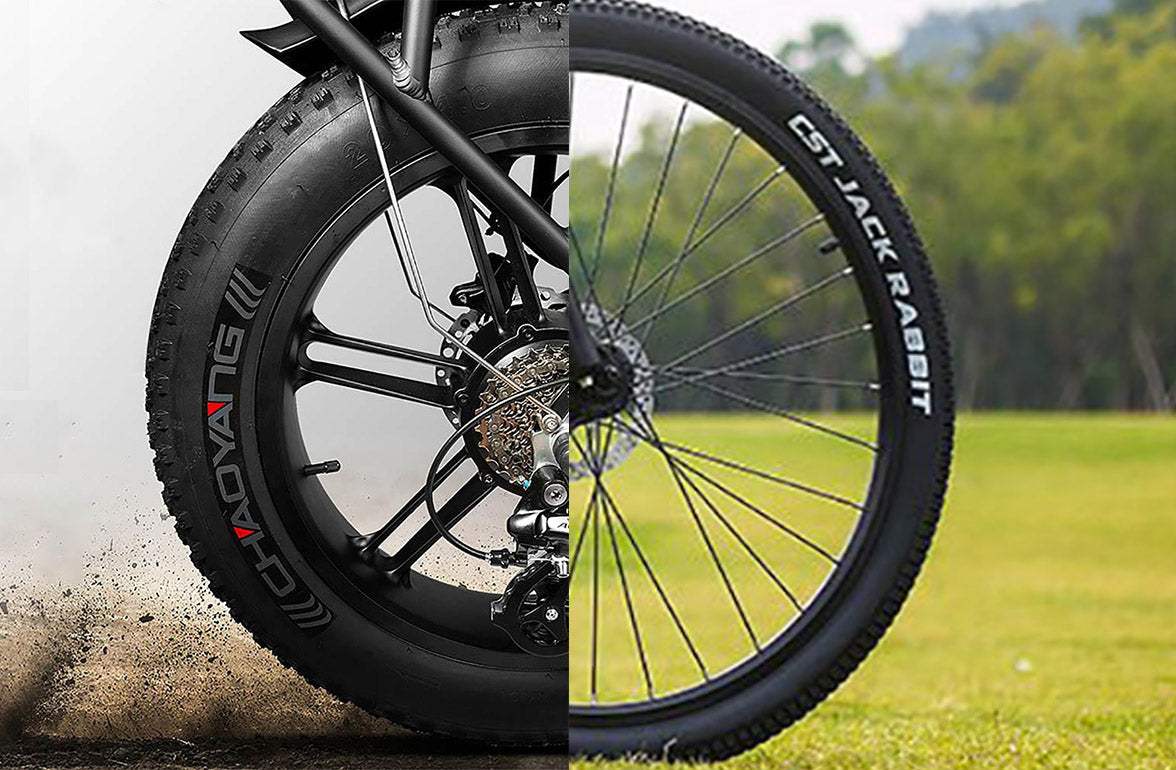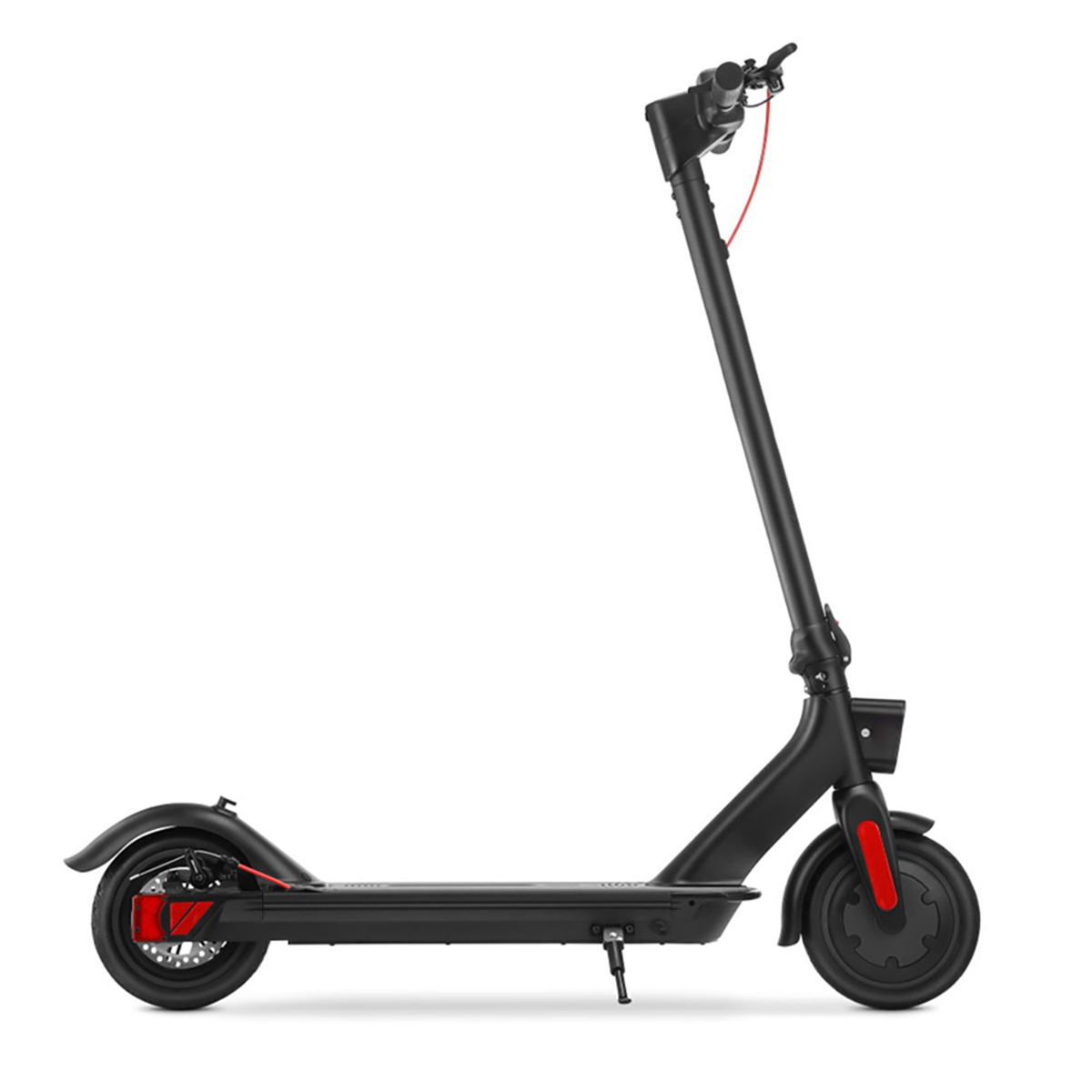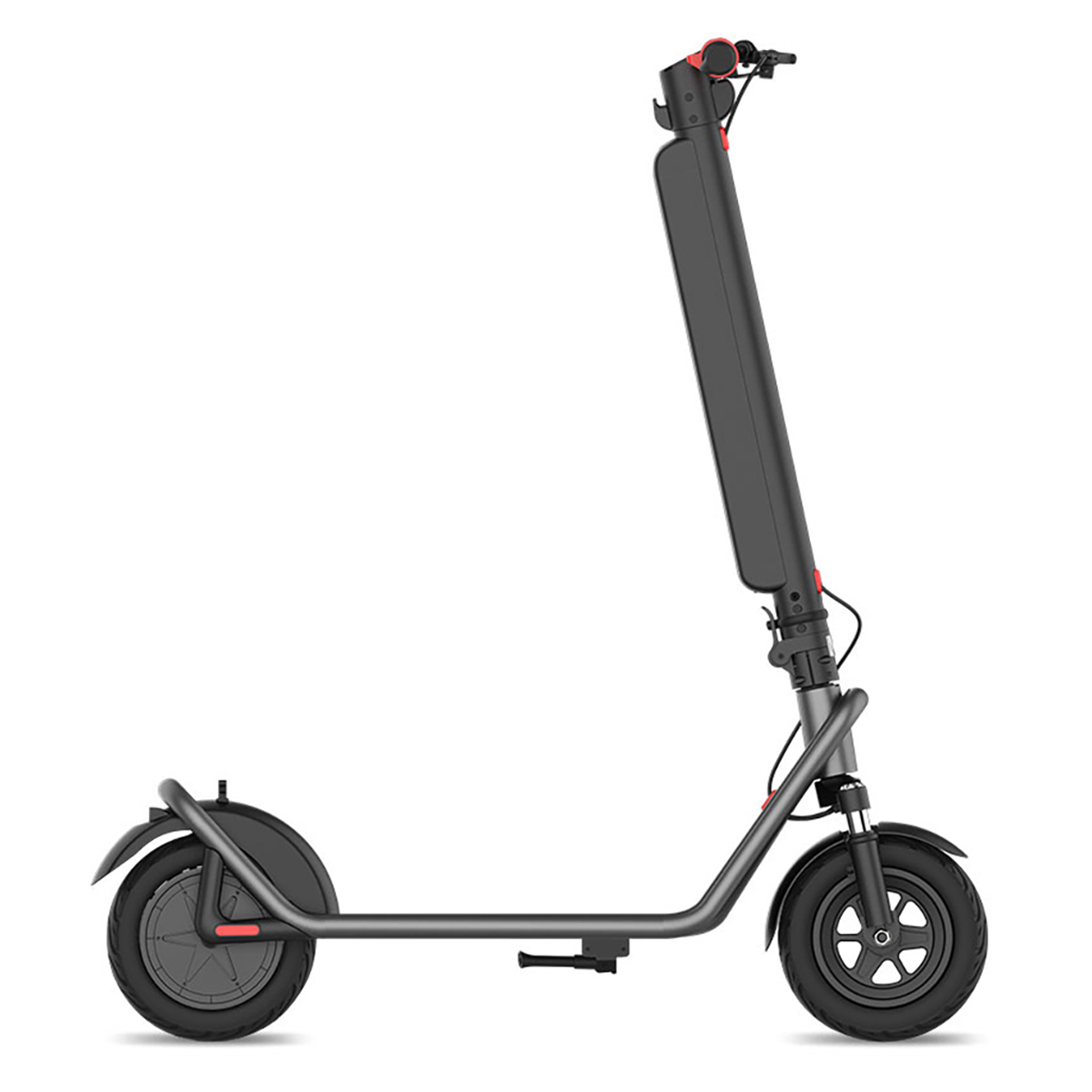Choosing an e-bike is an exciting step toward freedom, fitness, and fun—but with so many options, it’s easy to feel overwhelmed. One critical decision often sparks debate among riders: fat tires or thin tires? Each type caters to distinct riding styles, terrains, and priorities. Whether you’re a speed-loving urban commuter or an off-road adventurer, understanding these differences will help you pick the perfect e-bike. Let’s break down the pros, cons, and ideal scenarios for each tire type.
The Need for Speed: Why Thin Tire E-Bikes Shine
Thin-tire e-bikes, with their sleek, narrow profiles (typically 1.5–2.5 inches wide), are the Ferraris of the cycling world—built for efficiency and agility. Here’s what makes them stand out:
1. Built for Urban Warriors
Speed Demons: Thin tires have lower rolling resistance, letting you glide effortlessly on paved roads. With an electric motor amplifying your pedaling, you’ll zip through city streets faster than traffic.
Lightweight Agility: These bikes are lighter, making them easier to maneuver through tight spaces, sharp turns, and crowded bike lanes. Perfect for dodging pedestrians or hopping curbs.
Aerodynamic Edge: The slim design cuts through wind resistance, maximizing battery efficiency and extending your range—ideal for longer commutes.
Perfect For: Daily commuters, fitness riders, or anyone craving a sporty, responsive ride on smooth surfaces.
2. Trade-Offs to Consider
Rough Roads = Rough Rides: Thin tires sacrifice comfort on uneven terrain. Potholes and cracks can feel jarring due to minimal shock absorption.
Traction Troubles: On wet pavement, gravel, or dirt, the narrow contact patch may reduce grip, demanding extra caution.
No Off-Road Glory: These bikes aren’t designed for trails. Stick to pavement, or risk instability and discomfort.
Pro Tip: Pair thin tires with a suspension seat post to soften bumps without losing speed.
Conquer Every Landscape: The Power of Fat Tire E-Bikes
Fat-tire e-bikes, with their 3.8–5-inch-wide tires, are the SUVs of the e-bike world—unstoppable on rough terrain and built for exploration. Here’s why they’re gaining fans:
1. Adventure, Unleashed
All-Terrain Dominance: From sandy beaches to snowy trails, fat tires float over obstacles. The massive surface area grips loose surfaces, while the low tire pressure acts like a natural suspension.
Comfort, Redefined: Say goodbye to spine-rattling bumps. Fat tires absorb shocks, offering a plush ride even on rocky paths or cobblestones.
Perfect For: Off-road enthusiasts, winter riders, beach cruisers, or anyone prioritizing comfort over speed.
2. Trade-Offs to Consider
Weighty Reality: Fat tires add bulk. The bike will be heavier, requiring more effort to pedal without motor assistance.
Speed Limits: The increased rolling resistance means slower acceleration and lower top speeds compared to thin-tire models.
Battery Drain: Heavier tires and terrain challenges can reduce your e-bike’s range. Opt for a high-capacity battery if you plan long adventures.
Pro Tip: For mixed use, try hybrid tires—slightly narrower than fat tires but wider than traditional ones—to balance speed and stability.
Key Factors to Decide
1. Where Will You Ride?
Pavement Princess: Choose thin tires for cities, suburbs, or well-maintained bike paths.
Dirt Devil: Pick fat tires for trails, sand, snow, or unpredictable terrain.
2. What’s Your Riding Style?
Speed & Efficiency: Thin tires excel for racing, fitness, or daily commutes.
Leisure & Exploration: Fat tires prioritize comfort, stability, and versatility.
Beyond the Tires: Hidden Considerations
1. Maintenance Matters
Fat Tires: Require regular pressure checks (often 5–15 PSI) to maintain their cushioning effect. Watch for punctures—their size makes repairs trickier.
Thin Tires: Easier to repair but more prone to pinch flats on rough roads. Keep them inflated to 40–70 PSI for optimal performance.
2. Seasonal Smarts
Winter Warriors: Fat tires grip snow and ice like nothing else. Add studs for icy conditions.
Summer Speedsters: Thin tires shine in dry, warm weather but struggle in mud or rain.
3. Customization Options
Swap Tires: Some e-bikes allow tire changes. Try hybrid or all-season tires if your needs vary.
Accessorize: Add racks, fenders, or suspension seats to enhance comfort and utility.
Make Your Own Choice
The fat vs. thin tire debate isn’t about superiority—it’s about synergy with your lifestyle.
Choose Thin Tires If: You crave speed, ride mostly on pavement, or want a lightweight, agile e-bike for fitness or commuting.
Choose Fat Tires If: Adventure calls, comfort is king, or you face unpredictable terrain.
Conclusion
Ready to ride? The fat tires and thin tires respectively have advantages and disadvantages. Remember, the best e-bike isn’t the fastest or toughest—it’s the one that makes every ride feel like freedom. At DCCED, we offer models for every rider. Explore our sleek urban e-bikes with razor-thin tires or our rugged fat-tire beasts built to conquer mountains.










